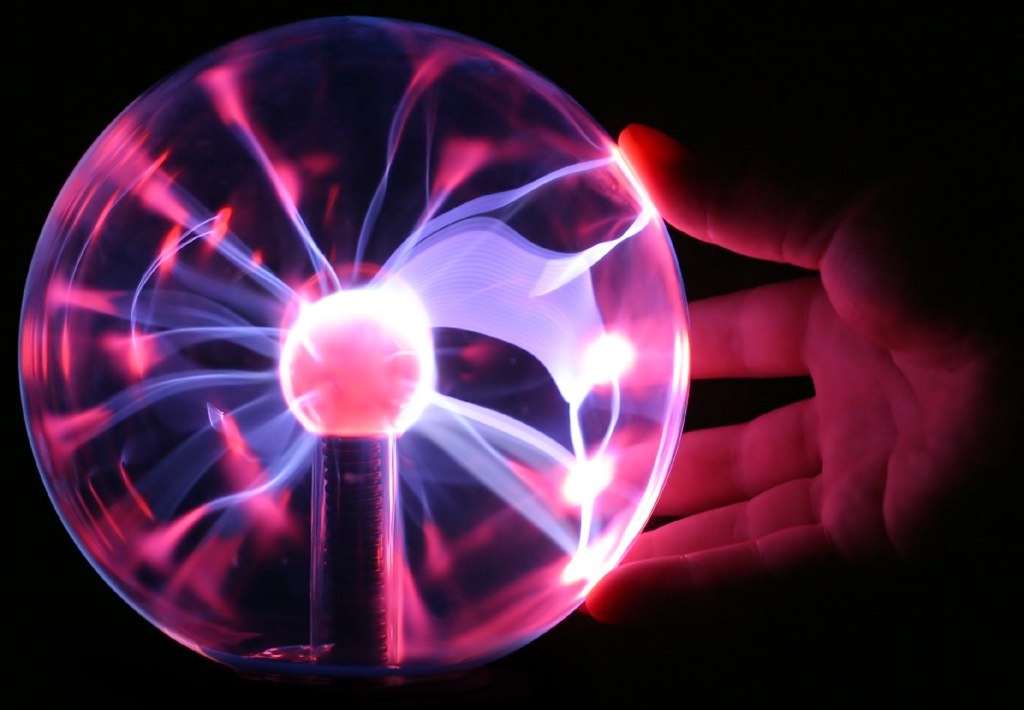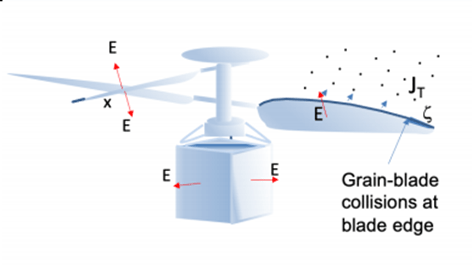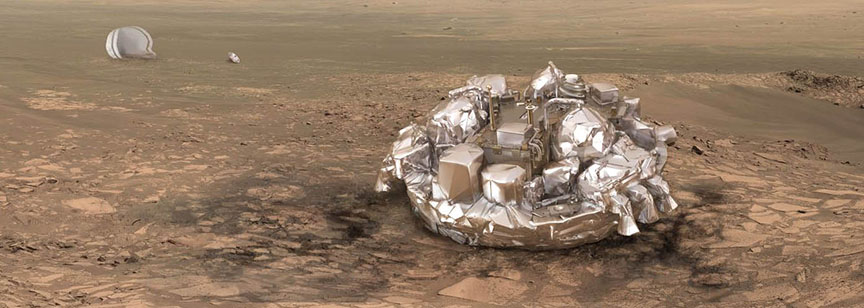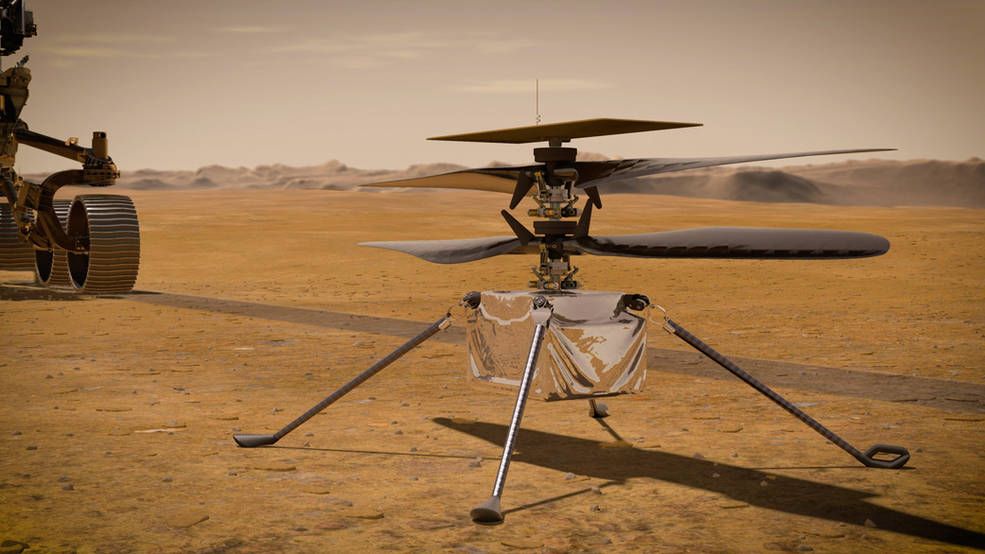The Mars Helicopter Could Charge up the Atmosphere Around Itself as it Flies
By Andy Tomaswick
Plasma globes are a common enough sight in retails stores across the rich world. If you’ve ever seen one and gotten a chance to touch it, you’ve seen how the plasma will arc toward your touch creating a sense that you’re able to harness electricity like Thor.
That effect does not only take place on Earth – anywhere there is a charge build-up that causes a high enough electrical potential between two points to create an electrical glow or corona. Now a team at NASA think that a large charge build-up might occur when Ingenuity, Perseverance’s helicopter companion, takes to the sky.

Credit: Wikipedia User Diliff
The team, led by Dr. William Farrell at Goddard Space Flight Center, has been interested in the electrical properties of Mars’ atmosphere for decades, first beginning to study the subject in the early 90s. Reasons abound for wanting to understand these phenomena, not the least of which is understanding what impact it might have on any future human colony.
For now, humanity’s ambassadors on the red planet are robots, and they have their own challenges when facing electrical discharges. One particular robotic emissary is in a unique position amongst the current Martians when it comes to electrical discharges. Ingenuity will operate in a naturally dusty atmosphere and could even possibly create its own miniature dust cloud when it takes to the skies in a few weeks.

Credit: Wikipedia user Sean McGrath
With those dust interactions come electrical potentials, which are created when two dust particles run into each other or into the blades of the rotorcraft. The dust contacting the blades will likely cause a phenomena technically known as “tribocharging”. More commonly, people are familiar with this phenomena from rubbing balloons on their hair and then sticking them to a ceiling.
Tribocharging itself is not likely to cause any sparks to fly in Earth’s atmosphere. However, the conditions are different on Mars, whose atmosphere has a much lower “breakdown voltage” than that of Earth’s. While the research team is quick to point out there is no immediate danger to Ingenuity, or the rovers themselves, there is the potential to get some interesting data about the electric potential of Mars’ atmosphere.

Credit: Farrell et all.
That data has been a long time coming, as attempts to study the electrical properties of Mars’ atmosphere have a history going back to the 1990s. Efforts have been plagued by the notorious difficulty of actually landing a craft on Mars. Attempts to send an instrument capable of detailed study were cut short when the Mars Polar Lander mission failed in 1999. That craft was part of the Mars Surveyor program, which was suspended following the loss of the Polar Lander.
One of those planned-but-never-executed Surveyor craft, Mars 03 Surveyor, was to have electrical instrumentation on it that would have allowed scientists to directly study the electrical properties of the atmosphere. A later mission, ESA’s Schiaparelli lander, would have had similar instrumentation, but it was destroyed along with the lander in a failed landing attempt in 2016.

Credit: ESA/ATG
Despite all these setbacks, interest has not waned in the topic. And Ingenuity’s takeoff allows a coincidental chance to at least get some data. The counterrotating blades the helicopter uses for stabilization will likely have the effect of creating a small Van de Graff generator, charging the helicopter body with high voltages when comparing to its surrounding atmosphere.
The best way to observe this phenomenon would be with dedicated instruments, such as an electrometer or radio antenna. In lieu of that, the best scientists can hope for in this mission is to observe Ingenuity while it takes off. Dr. Farrell and his team suggest that doing so at twilight would make for ideal observing conditions. However, mission planners much prefer operations with good lighting and calm winds – not necessarily at twilight.
No matter the launch time, Ingenuity’s flight will be the first powered controlled flight by humankind on another planet. If it happens to take off with an amazing glow, it will not only result in great data for Dr. Farrell and his team, but also could be a spectacular show for those of us stuck watching on the ground.
Learn More:
arXiv – Will the Mars Helicopter Induce Local Martian Atmospheric Breakdown?
UT – Here’s How Perseverance’s Helicopter Sidekick Will Deploy on Mars
UT – Lightning Detect on Mars
Lead Image:
Artist’s rendition of Ingenuity on the ground on Mars.
Credit: NASA / JPL – Caltech
The post The Mars Helicopter Could Charge up the Atmosphere Around Itself as it Flies appeared first on Universe Today.

March 4, 2021 at 07:33PM
via Universe Today read more...

Post a Comment